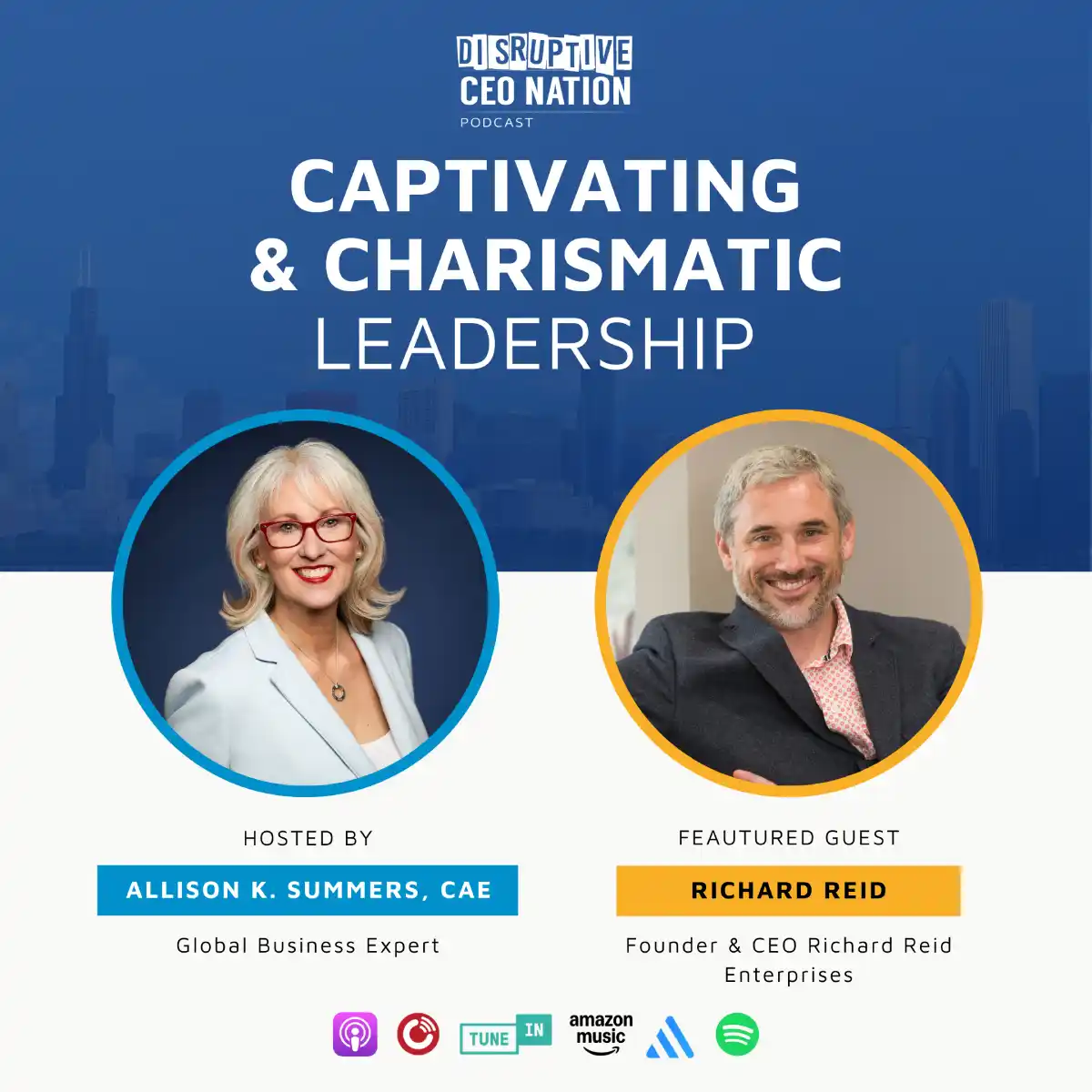Introduction
In today’s competitive and rapidly evolving business landscape, building a capable and adaptable workforce is not just a strategic necessity but a fundamental driver of organisational success. Workforce capability—the skills, knowledge, and behaviours that employees bring to their roles—is key to innovation, productivity, and sustained growth. However, achieving this requires more than generic training programmes or periodic skill refreshments; it demands targeted development strategies tailored to align with business needs and future goals.
Organisations must move beyond conventional “one-size-fits-all” approaches to employee development and embrace customised strategies that focus on specific priorities. Leveraging technologies such as learning management systems (LMS), artificial intelligence (AI), and analytics platforms can support rapid upskilling, enabling employees to meet the demands of an increasingly dynamic market. Equally important is measuring the return on investment (ROI) of development initiatives to ensure organisational resources are effectively driving results.
This whitepaper examines how organisations can transform workforce capability through tailored employee development. It covers strategies for aligning development with business needs, explores the technology and platforms supporting talent upskilling, and discusses how to demonstrate ROI from development investments.
Strategies for Aligning Development with Business Needs
1. Understanding Business and Workforce Goals
Effective workforce development begins with a deep understanding of organisational priorities. Rather than implementing generic training plans, companies should focus on identifying the specific skills and competencies required to achieve their business objectives. Workforce development strategies must be evidence-based, leveraging insights gained through workforce gap analyses, employee performance reviews, and strategic workforce planning.
Aligning Workforce Development to Business Strategy:
- Future-Proofing the Organisation: Workforce development should be tailored to address anticipated industry needs. For instance, a manufacturing firm transitioning to Industry 4.0 technologies must prioritise engineering and digital skills.
- Focus on Core Business Drivers: Development programmes should align with the core revenue-generating functions of the business—for example, equipping customer service teams with digital customer engagement tools for improved service delivery.
Practical Example:
Tesla’s workforce development aligns with its mission of driving sustainability. Employees undergo targeted training programmes to enhance expertise in electric vehicle production, battery technology, and cutting-edge engineering.
2. Conducting Skills Gap Analyses
A skills gap analysis identifies the disparity between the skills employees currently possess and the competencies required to achieve business objectives. By identifying areas of need, HR and learning and development (L&D) teams can design precise training solutions that address those gaps.
Steps in a Skills Gap Analysis:
- Define Business Objectives: Identify the capabilities required to achieve both short-term and long-term goals.
- Assess Current Workforce Skills: Use employee feedback, performance metrics, and skills assessment tools.
- Prioritise Needs: Identify critical gaps requiring immediate attention versus longer-term skill development needs.
Example:
A fintech company implementing blockchain technology for payment processing evaluates the expertise of its IT and development teams. The gap analysis reveals insufficient blockchain skill sets, prompting the rapid deployment of targeted upskilling programmes for relevant team members.
3. Emphasising Personalisation in Development
Customised approaches to learning ensure employees have access to relevant and actionable skill-building opportunities tailored to their specific roles and aspirations. Strategies such as personalised learning paths, role-specific training, and mentorship build both engagement and alignment with corporate goals.
Methods for Personalisation:
- Development Plans: Create individualised plans that align employees’ career aspirations with necessary business competencies.
- Role-Specific Learning Modules: Design modules tailored to the technical requirements of a function or department.
Technology and Platforms to Support Upskilling and Development
1. The Role of Technology in Workforce Development
Modern workforce development initiatives are reliant on advanced technology platforms to deliver, track, and measure the effectiveness of skills acquisition. By integrating technology into employee learning, organisations can provide accessible, flexible, and scalable training solutions.
2. Learning Management Systems (LMS) and Learning Experience Platforms (LXP)
Learning management systems are centralised tools that enable organisations to deliver training modules, track workforce progress, and assess skill development. Learning experience platforms build on traditional LMS by offering personalised, engaging, and collaborative learning journeys.
Benefits of LMS/LXP:
- Centralised monitoring of learning progress.
- Advanced AI-driven assessments to recommend development pathways.
- Scalability for diverse employee groups.
Example:
Unilever’s “Degreed” platform enables employees to identify skill interests and access role-relevant training programmes, significantly streamlining the upskilling process.
3. Artificial Intelligence and Automation in Upskilling
AI plays a pivotal role in workforce upskilling strategies, offering predictive analytics and intelligent recommendations for skill-building activities. Notable applications include:
- Learning Personalisation: Delivering curated content to employees based on their past interactions, roles, and aspirations.
- Predictive Skill Mapping: AI assesses the potential impact of market changes on job roles and recommends targeted training to meet emerging demands.
4. Gamification and Microlearning
Technology-driven innovations such as gamification and microlearning have increased employee engagement and improved knowledge retention:
- Gamification: Employees earn points, badges, or comparative rankings, creating a competitive and enjoyable experience that promotes skill development.
- Microlearning: Short, easily digestible modules enable just-in-time learning, ideal for time-stretched employees.
Example:
Companies like Deloitte integrate gamification into their leadership training programmes, creating engaging challenges that mimic real-world scenarios.
5. AR, VR, and Simulations for Experiential Learning
Simulative technologies such as augmented reality (AR) and virtual reality (VR) deliver immersive learning experiences. These tools are particularly effective in industries requiring hands-on training:
- Virtual Simulations: In healthcare settings, VR allows surgeons to practice complex procedures without real-world consequences.
- Technical Upskilling: AR overlays visualisations of machine components to guide engineers during equipment repairs.
Demonstrating ROI from Development Investments
One of the most effective ways to gain leadership buy-in for workforce capability initiatives is by clearly demonstrating their return on investment (ROI). While proving the ROI of L&D programmes is often perceived as challenging, it is essential to ensure that development activities align with organisational goals and deliver measurable impact.
1. Tying Development to Organisational KPIs
Workforce development efforts should directly contribute to Key Performance Indicators (KPIs) such as revenue growth, operational efficiency, and customer satisfaction. Examples include:
- Increased Revenue per Employee: Correlating the financial contribution made by employees with their skill improvements.
- Reduced Employee Turnover: A successful programme should retain talent by increasing engagement.
- Faster Time to Productivity: Training should enable new employees or those in evolving roles to deliver results quicker.
2. Measurement Tools for Learning ROI
A. The Kirkpatrick Model
This four-level evaluation framework measures the effectiveness of training programmes:
- Reaction: Gauges employee satisfaction with training sessions.
- Learning: Assesses whether knowledge and skills have improved.
- Behaviour: Monitors practical application of skills at work.
- Results: Measures the impact on organisational outcomes.
B. Employee Surveys and Feedback Mechanisms
Engagement surveys and feedback tools offer qualitative insights into how employees perceive training initiatives, providing information about the relevance and effectiveness of the program.
3. Cost-Benefit Analysis of Development Programmes
Calculating ROI involves weighing the financial cost of development against measurable benefits:
- Direct Costs: Costs include training materials, platforms, and instructor fees.
- Monetary Gains: These include productivity improvements, reduced recruitment costs, and better financial outcomes.
4. Case Studies of Demonstrable ROI
Case Study 1: Siemens’ Digital Training Transformation
Siemens leveraged AI platforms to train its workforce on digital manufacturing processes, prioritising Industry 4.0 competency requirements. The programme showed remarkable success:
- Turnover among skilled workers decreased by 20%.
- Employee productivity improved by 15% due to increased knowledge of new technology.
Case Study 2: Vodafone and Data Upskilling
Vodafone launched data and AI-driven learning paths, enabling employees to build data-literate skills essential to the telecoms sector. The upskilling led to significant business-wide benefits:
- Reduced reliance on external consultants for analytics.
- Marked improvement in customer responsiveness through in-house expertise.
Conclusion
Transforming workforce capability through targeted development is not just an HR mandate but a strategic priority that underpins innovation and operational excellence. Customised, data-driven development programmes aligned with organisational goals enable businesses to stay competitive while leveraging advanced platforms to empower employees with the skills they need to thrive in the future.
By demonstrating a return on investment (ROI) from learning initiatives, organisations can secure the support of senior stakeholders while creating long-term value for both employees and shareholders. In a world defined by technological disruption and shifting workplace demands, organisations that commit to tailored workforce development will unlock not only immediate gains in productivity but also lasting competitive advantages.










